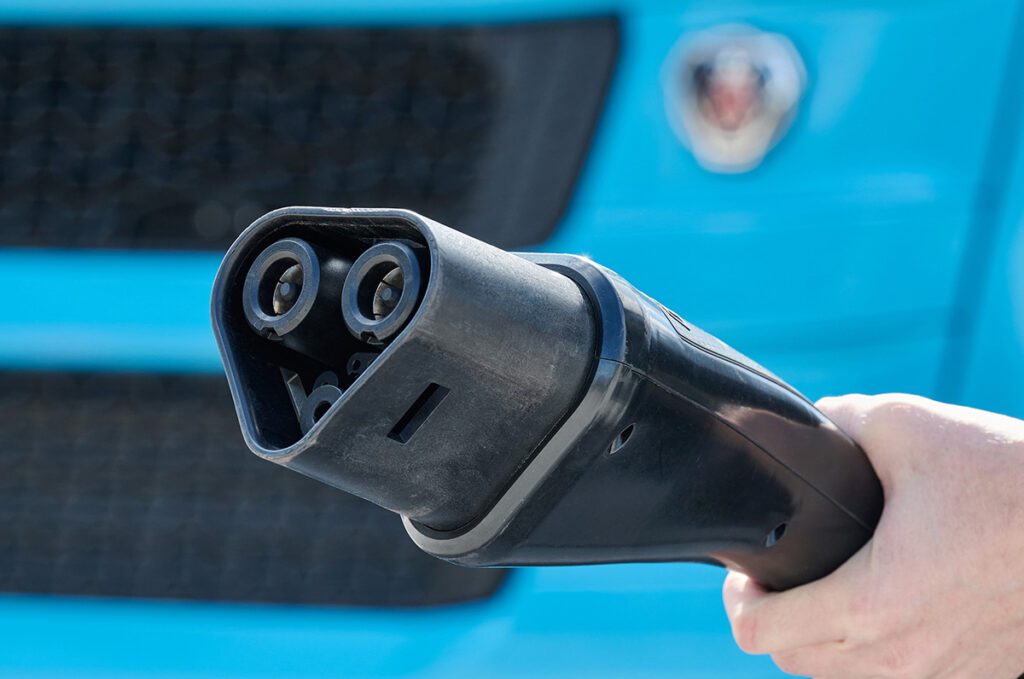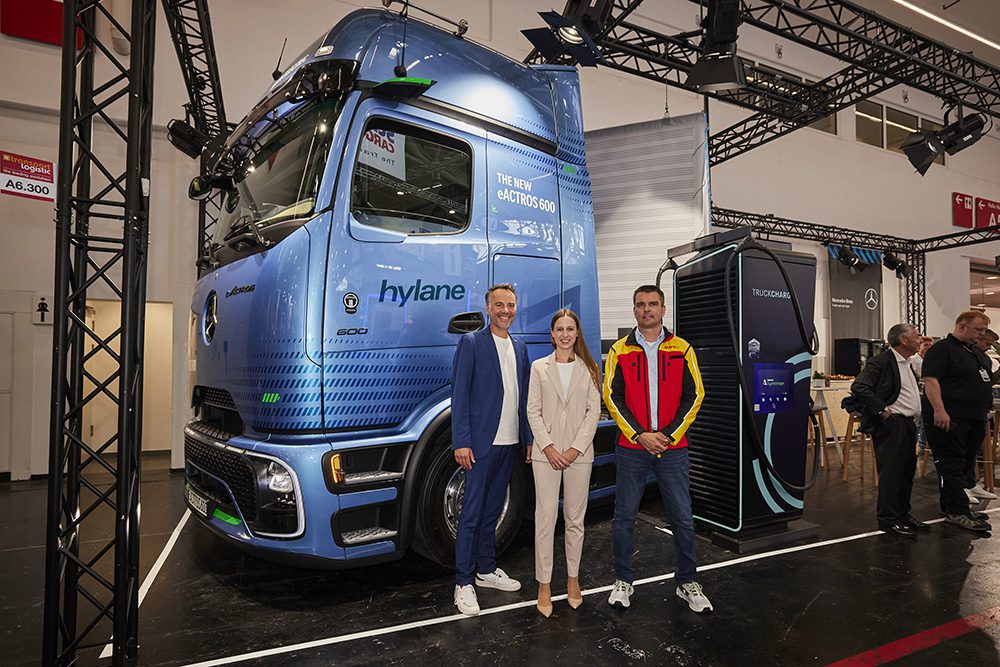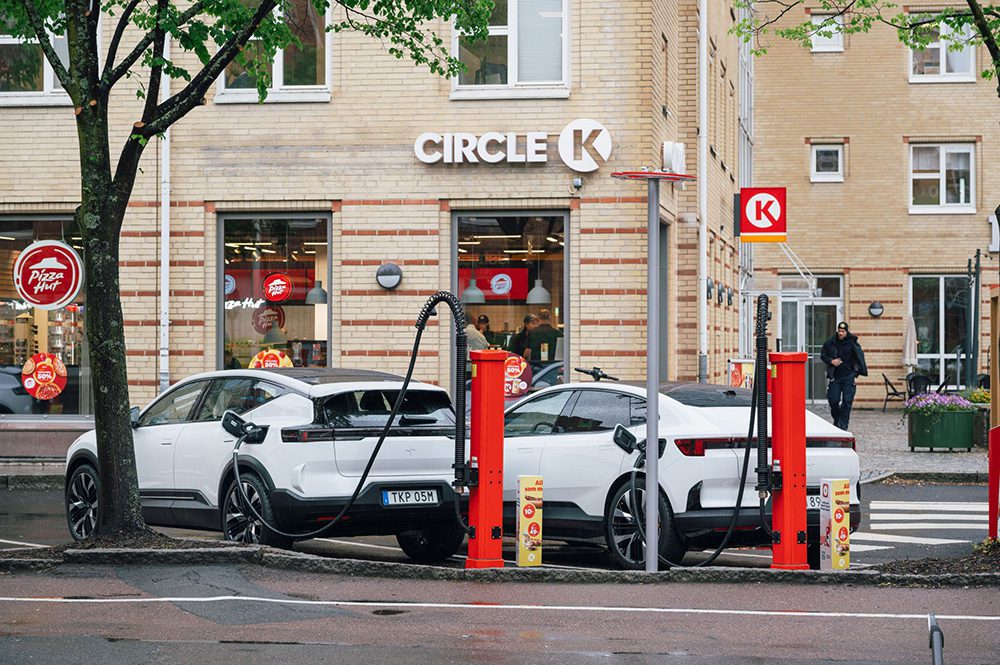When it comes to long-haul trucking, battery-electric trucks face a number of challenges, including weight restrictions and the need for an ultra-high-power charging solution. However, despite what you may read in those “anything but EVs” articles, the jury’s still out on when, or whether, battery and charging specs will improve to meet these challenges, or whether some alternative tech such as dynamic charging, battery swapping, or (horrors!) fuel cells will be needed to save the day.
Be that as it may, the findings of a new study indicate that BEVs are ready to take over on many shorter, regional routes today. Mike Roeth, Executive Director of the North American Council for Freight Efficiency, says (via Canary Media) that over 5 million medium- and heavy-duty trucks in North America could be converted to electric drive with no negative impact on operations.
Roeth is the coordinator of Run on Less-Electric, a test that was recently conducted by freight haulers in six states and two Canadian provinces. Over three weeks, Run on Less collected data on electric delivery vans, box trucks, port terminal tractors and heavy-duty semitractor-trailers making standard daily deliveries
Feedback from the 13 participating companies, which included Anheuser-Busch, Frito-Lay, NFI and DHL, indicated that “these electric trucks are performing better than recent diesel [models].” The electric trucks in the test easily matched the range and refueling flexibility of legacy vehicles. Most never dropped below 50 percent charge on their batteries, and were able to charge overnight at depots without imposing any major burden on local electrical grids.
The Run on Less test event assessed heavy-duty electric semitractor-trailers from Volvo, Peterbilt, BYD and Freightliner; terminal tractors from Kalmar, Lonestar SV and Orange EV; medium-duty box trucks from Peterbilt and Lion; and cargo and step vans from Lightning eMotors, Motiv and Workhorse. Most of these models are now in production, and some have been on the road for as long as a year.
A recent report from consultancy MJ Bradley described more than 100 electric medium- and heavy-duty trucks, vans and buses commercially available in the US, and more than 500 worldwide.
Roughly half of all freight trips completed each day in the US are less than 100 miles in length, and current EVs can make those deliveries cost-effectively, DOE Deputy Assistant Secretary Michael Berube said at a recent event announcing the study’s findings. “There are some parts of that market that are ready [to electrify] today…where it will make economic sense to switch over, between the lower fuel costs and the lower operation costs of these electric vehicles.”
According to Jason Mathers, Director of Vehicles and Freight Strategy at the Environmental Defense Fund, nearly half the trucks in operation in the US today—about 5.2 million—fall into the categories of vehicles represented in the recent Run on Less test. Currently, less than 1 percent of those trucks are electric.
Switching all 5.2 million of these trucks to electric could reduce the US trucking sector’s annual carbon emissions by 100 million metric tons, said Mike Roeth. “That’s [equal to] about 25 coal-fired power plants that would be eliminated if all those trucks went electric. And all of those trucks are electrifiable.”
Source: Canary Media










































































































